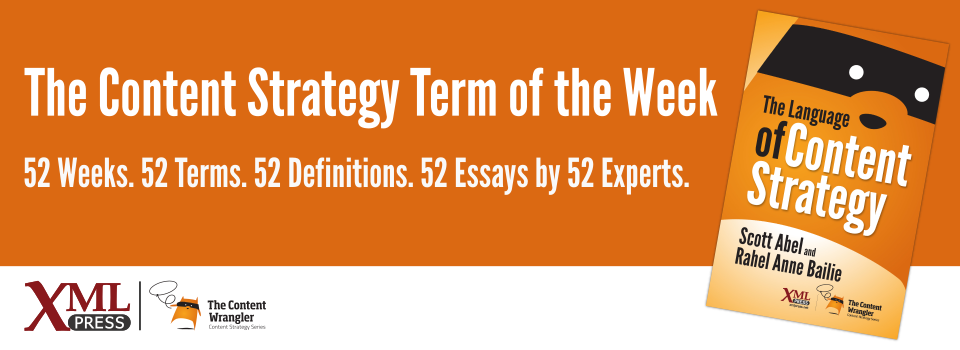What is it?
An engaging, graphical way to present data, often with the intent to tell a persuasive visual story. May also be referred to as data visualization or information graphics.
Why is it important?
Allows the communication of complex ideas faster and in a more compelling way, which can help others perceive content strategists as visionaries, not just analysts.
Why does a content strategist need to know this?
It’s not just clients who are compelled by visuals. Visuals grab everyone’s attention in meaningful, memorable ways, whether we’re trying to influence project managers or chief marketing officers. Many of us, though, crunch our data, analyze it, and think silently, “Wow! A whole bunch of this stuff is a big hot mess.” Then we hand our clients a thorough, polite content matrix and audit report and hope they’ll read between the lines. Instead, we should boldly punctuate our findings with information visuals, even internally in our own companies or agencies.
Those visuals should persuade our audiences to listen to our opinions instead of dispassionately displaying facts and figures. As content strategists, we’re usually not selecting color themes or stock photography; we’re delivering tough news that people may not be ready to hear. But make no mistake, we have exactly what our clients and coworkers need to hear, and the time to listen is now.
Information visualization can help us express our recommendations in a captivating, compelling way. We already have the data information visualization is the tool to help us transform that data into insight.

